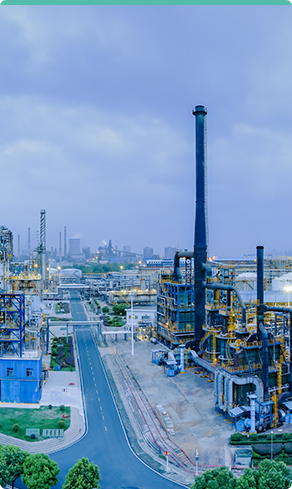At present, the textile printing and dyeing industry generally adopts a two-stage (two-stage) centralized treatment mode, which means that "enterprises first preprocess the discharged wastewater through their own sewage treatment plants, meet certain national standards, and then discharge it through pipes. Then, it is centrally treated by specialized sewage treatment plants and discharged after meeting the standards.". This sewage treatment and management model can improve the treatment efficiency of printing and dyeing wastewater to a certain extent.
At present, multiple places adopt a single centralized treatment mode or two centralized treatment modes to treat industrial wastewater. By establishing industrial wastewater centralized treatment plants for unified management and large-scale pollution control, industrial wastewater treatment is basically separated from enterprises and handed over to professional industrial wastewater centralized treatment plants for treatment, avoiding repeated investment in self built wastewater treatment facilities and greatly reducing the cost of enterprise treatment.

The dual centralized treatment mode for wastewater involves enterprises first pretreating the wastewater, and then the government funded park sewage treatment plant conducts "unified collection and treatment", promoting enterprises to optimize production processes, reduce wastewater generation, improve sewage treatment technology, reduce the difficulty of treatment for printing and dyeing wastewater treatment plants in the park, improve sewage treatment efficiency, expand the environmental effect of the park, and enhance regional economies of scale.
According to a survey conducted by the Ministry of Environmental Protection in 2014, textile printing and dyeing wastewater emissions ranked third among 41 major industrial industries, with wastewater emissions from printing and dyeing processing accounting for more than 70% of wastewater emissions. The top 5 provinces for wastewater discharge are Zhejiang, Jiangsu, Guangdong, Shandong, and Fujian. The wastewater discharge from these 5 provinces reached 1.63 billion tons, accounting for 83% of the wastewater discharge from key surveyed industrial enterprises in the industry.
Overall, the textile printing and dyeing industry has a large amount of wastewater, which is difficult to treat. It mainly concentrates in areas with abundant seawater resources. If not treated properly, it will pose a serious threat to the surrounding natural environment and people's lives.

Address:No.3 North Haohua East Road, Industrial Park, Neiqiu County, Xingtai City, Hebei Province
Website:www.longkehg.com